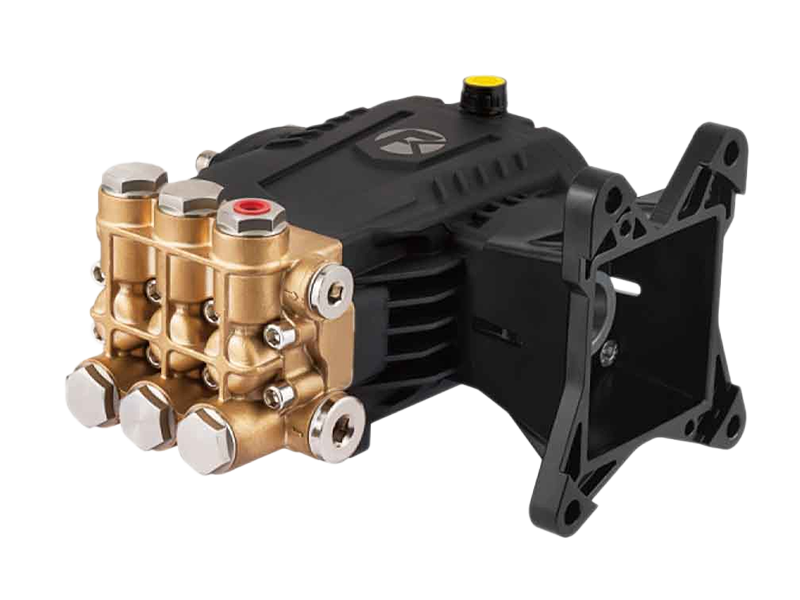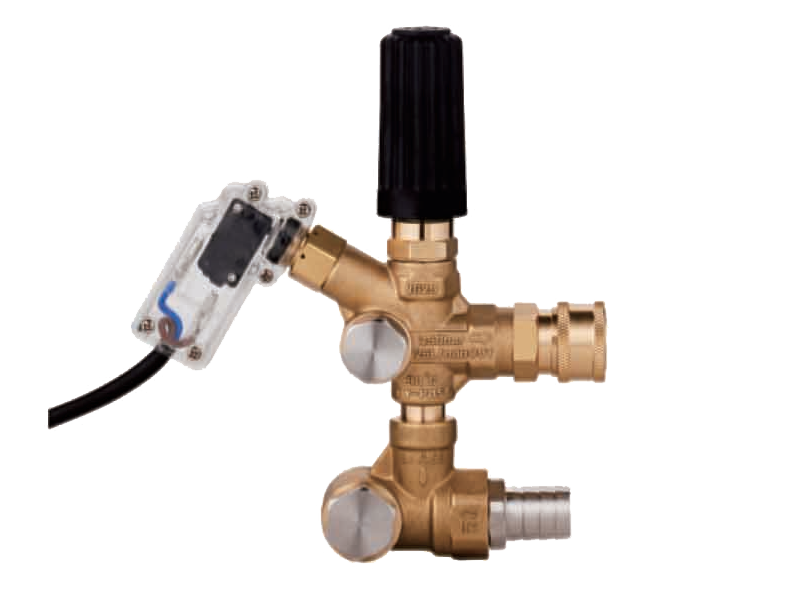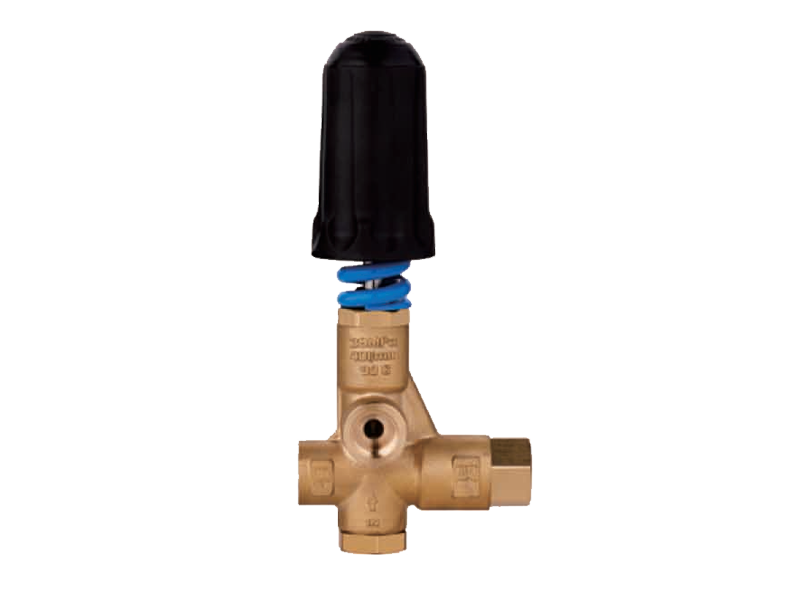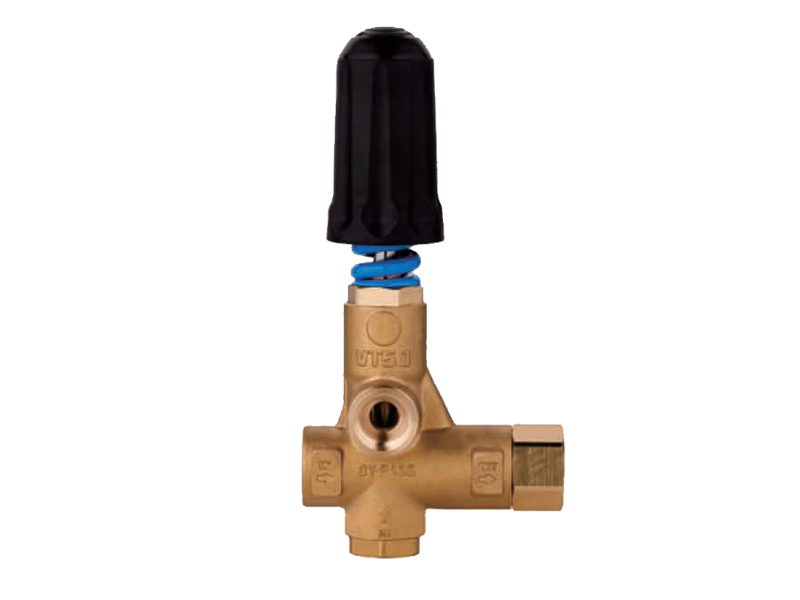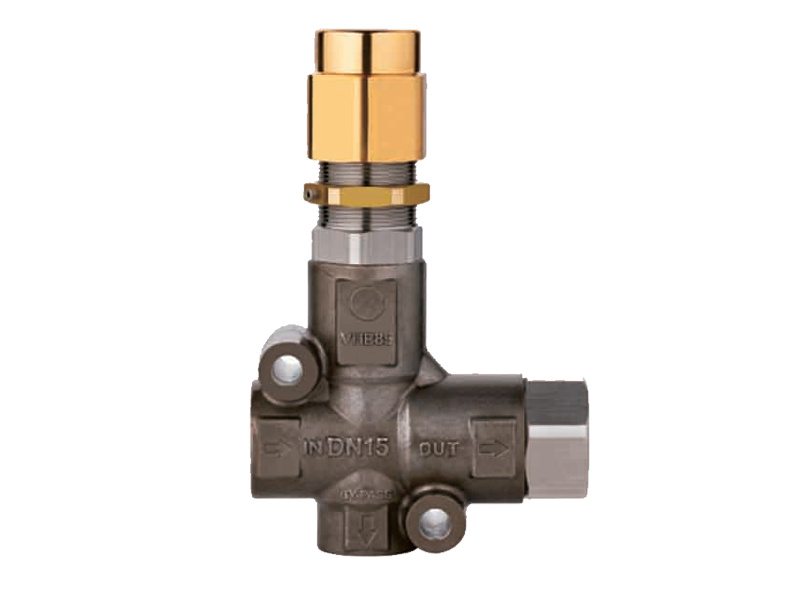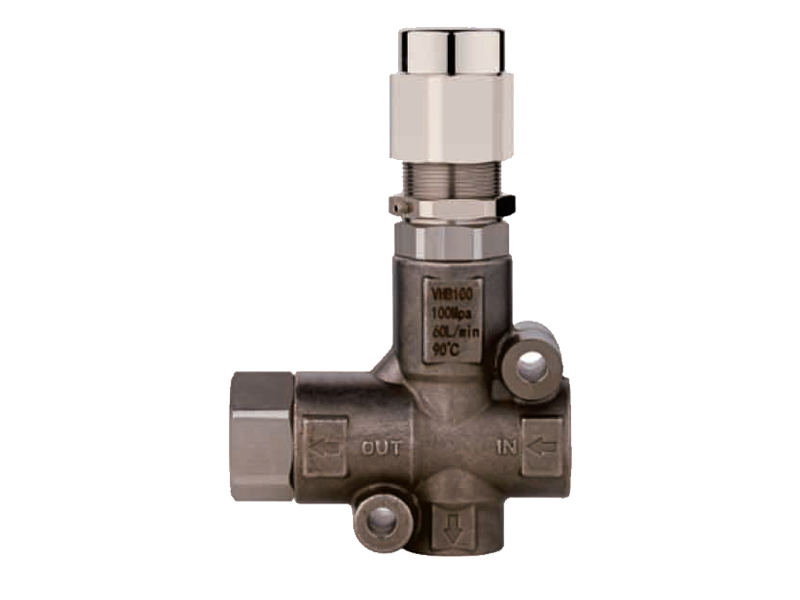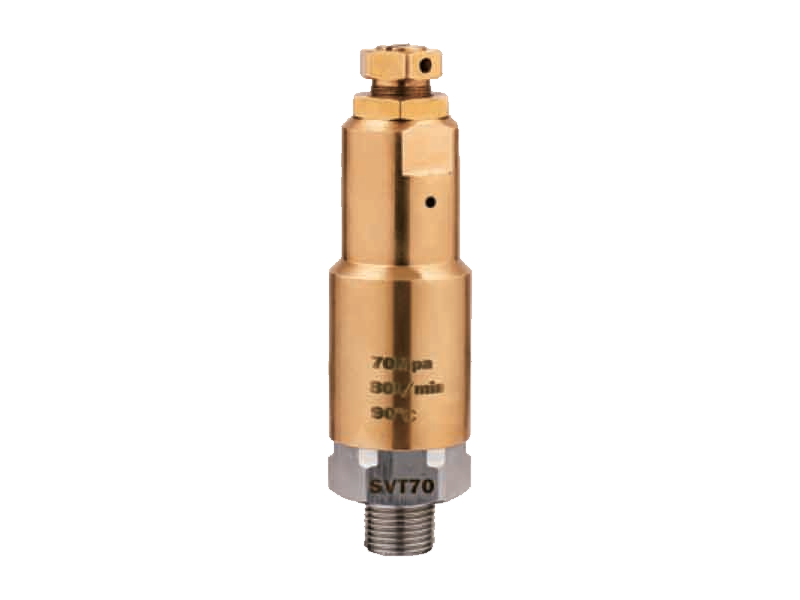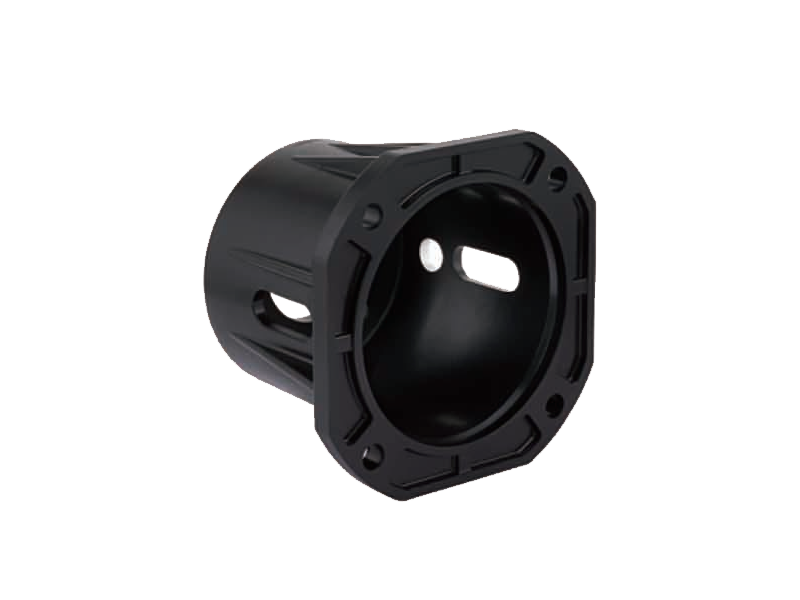Key Factors Affecting Three Plunger High Pressure Pump Efficiency When Transporting Thick Viscous Liquids
Challenges of Pumping High-Viscosity Fluids
Transporting high-viscosity fluids presents unique challenges in many industrial processes. Fluids such as heavy oils, slurries, syrups, and polymers require specialized pumping solutions to maintain consistent flow and pressure. The Three Plunger High Pressure Pump is commonly used in demanding applications, but its performance can vary depending on the fluid properties. This article explores how these pumps behave when handling viscous media and what factors influence their effectiveness.
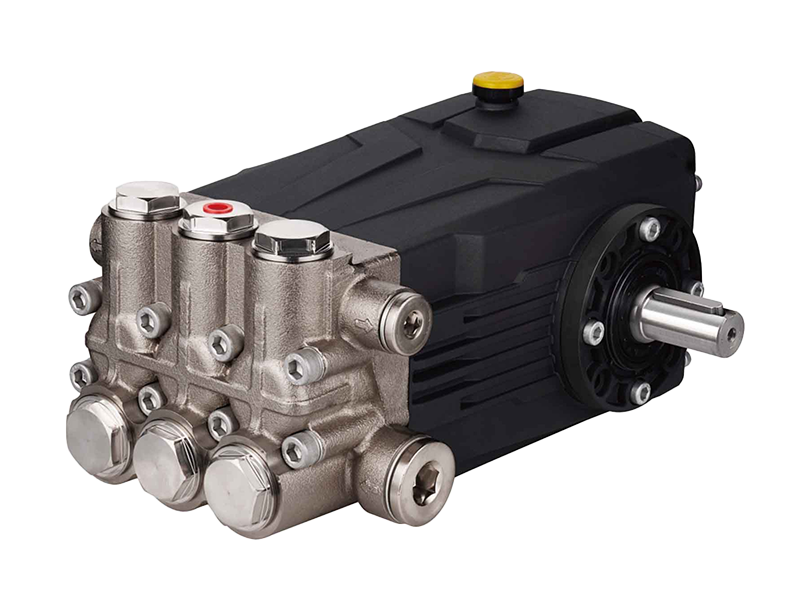
Design Advantages of Three Plunger High Pressure Pumps for Viscous Fluids
The three-plunger design inherently offers advantages for pumping thicker fluids. Multiple plungers work in a sequence to maintain continuous pressure and flow, reducing pulsation that can disrupt viscous fluid movement. The pump’s robust construction and tight sealing systems also reduce internal leakage, which is crucial when dealing with high-viscosity substances that resist flow. This design contributes to maintaining consistent delivery and reducing energy losses.
Impact of Viscosity on Pump Performance
Viscosity directly affects the flow rate and the pressure the pump can achieve. Higher viscosity fluids require more force to move, increasing the load on the pump’s plungers and motor. This can cause reduced volumetric efficiency as internal friction grows. Additionally, viscous fluids may cause higher operating temperatures due to increased mechanical resistance. Understanding these effects helps in selecting the appropriate pump specifications for viscous applications.
Material Considerations for Handling Viscous Media
When pumping abrasive or chemically aggressive viscous fluids, material selection becomes critical. The Three Plunger High Pressure Pump often employs hardened steel, stainless steel, or specialized alloys for components exposed to wear. These materials resist erosion and corrosion caused by thick, particulate-laden fluids. Surface treatments and coatings can further extend component life, ensuring reliable operation under harsh conditions.
Adjusting Operating Parameters for Suitable Performance
To optimize performance with high-viscosity fluids, operators may need to adjust flow rates, pressures, and pump speeds. Slower speeds can reduce heat buildup and mechanical stress, while maintaining sufficient pressure ensures fluid movement without causing cavitation. Proper pump calibration and control are essential to balance throughput with equipment longevity.
Maintenance Practices for Viscous Fluid Applications
Handling viscous fluids can increase wear on seals, valves, and plungers, necessitating more frequent inspection and maintenance. Regular cleaning prevents buildup that might impair pump function. Monitoring vibration and temperature can detect early signs of excessive wear or inefficiency. Proactive maintenance reduces downtime and extends the service life of the pump.
Application Examples and Industry Use
Three Plunger High Pressure Pumps are widely used in industries such as petrochemical, food processing, wastewater treatment, and manufacturing, where viscous fluids are common. Their ability to provide steady pressure and handle challenging fluid properties makes them valuable in applications like heavy oil injection, chemical dosing, and slurry transport.
Balancing Capabilities and Challenges with Viscous Fluids
The Three Plunger High Pressure Pump performs effectively with high-viscosity media when designed and operated correctly. Its multi-plunger configuration, robust construction, and adaptability to changing conditions allow it to handle thicker fluids with reduced pulsation and leakage. However, attention to material selection, operating parameters, and maintenance is critical to optimize performance and durability in demanding viscous fluid applications


 English
English Español
Español русский
русский